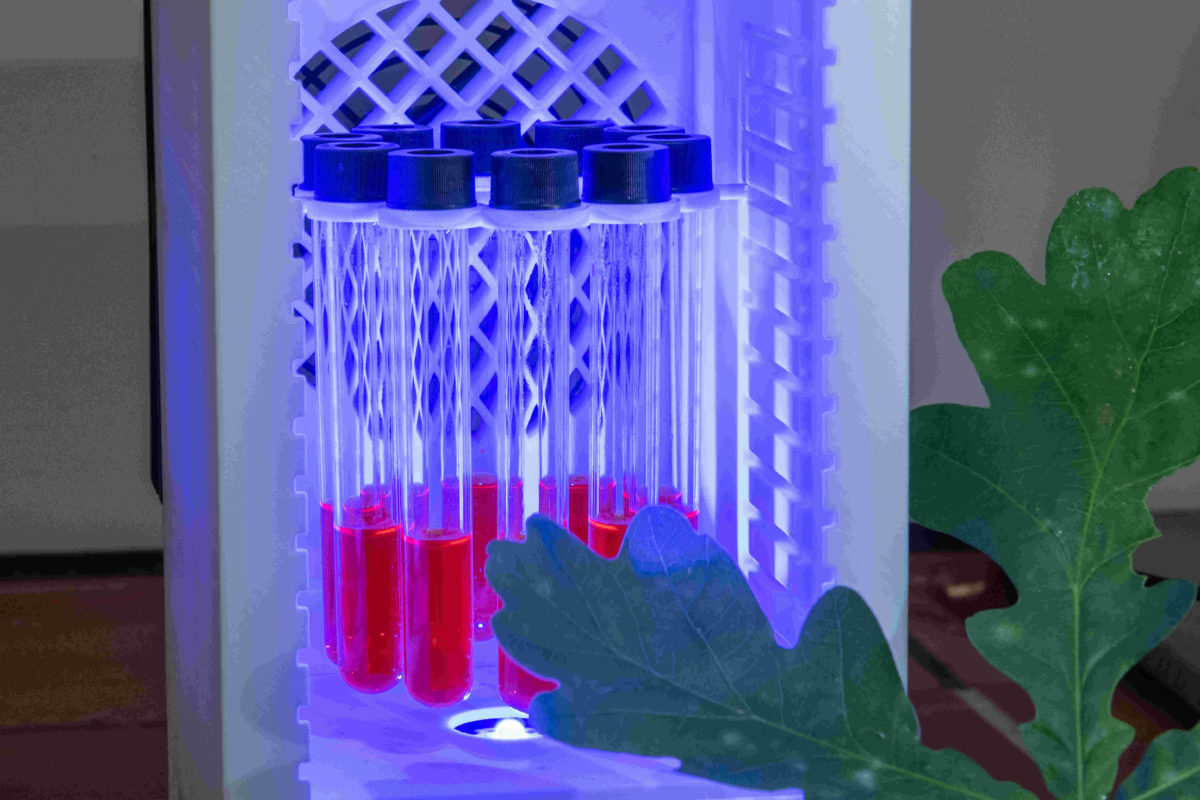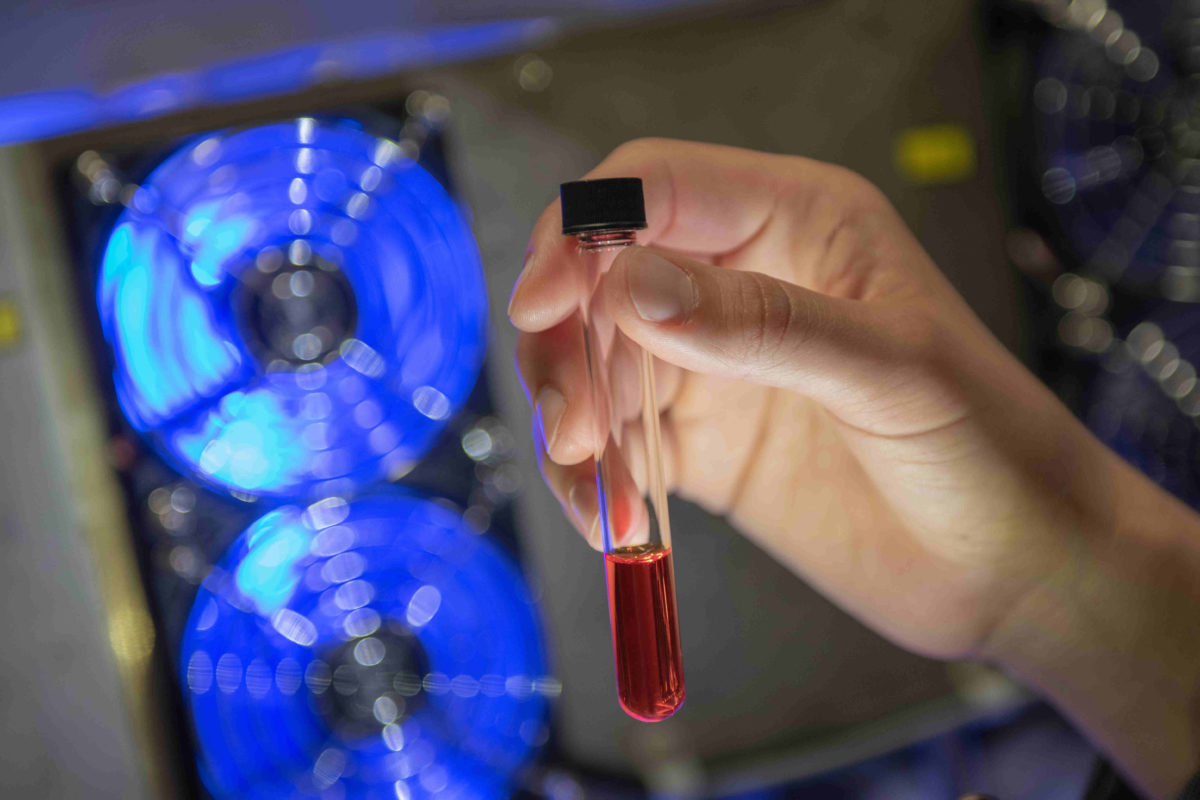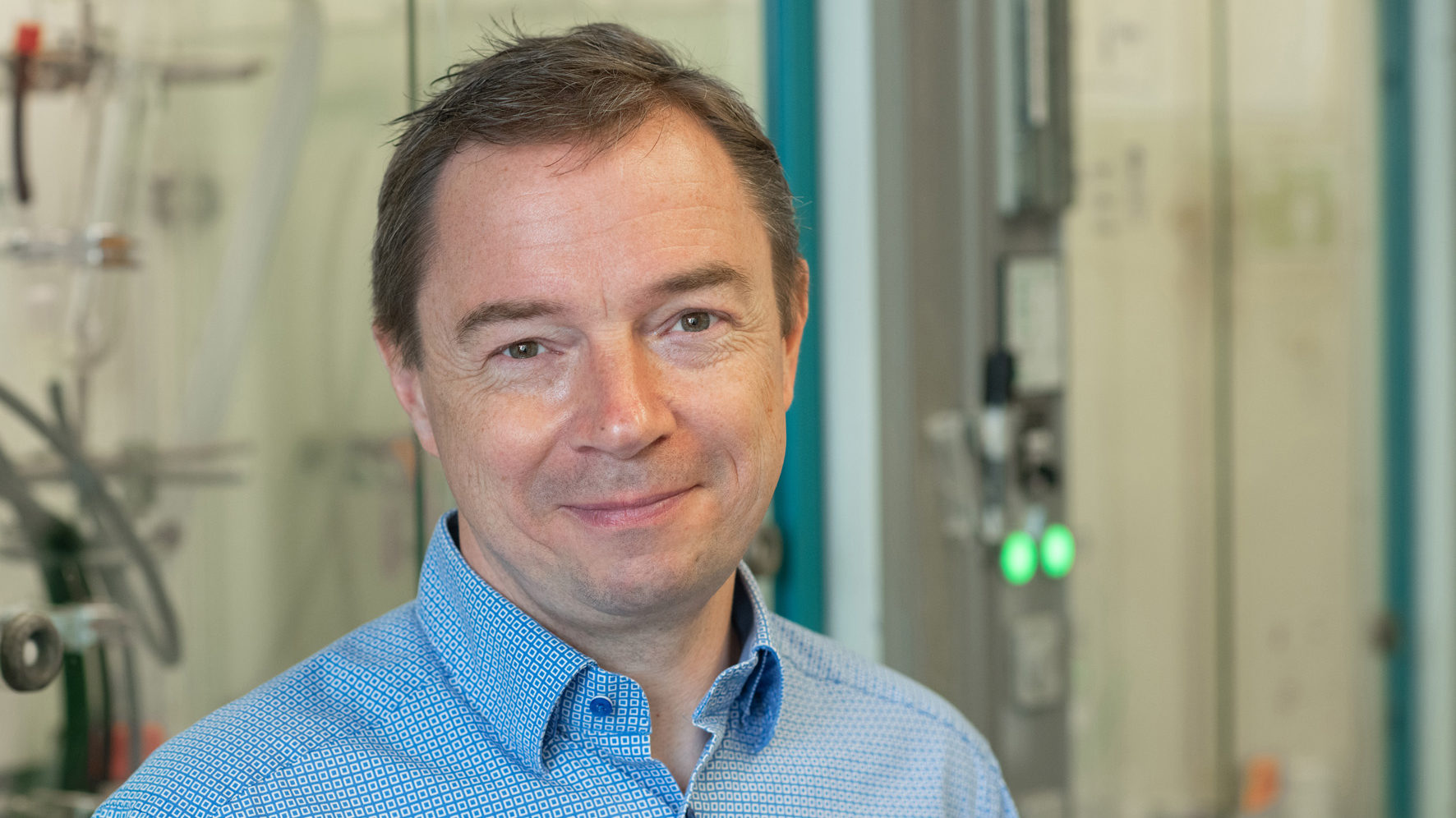Everyone knows the importance of solar radiation as a climate-friendly energy source. But long before major initiatives such as Europe’s Green Deal or Germany’s National Hydrogen Strategy, the Transregional Collaborative Research Centre 234 (TRR) ‘CataLight’ had begun developing molecular systems that can function as solar radiation converters. For the researchers at the Universities of Ulm and Jena – the lead institutions in the CataLight consortium – the most important model for solar energy conversion is natural photosynthesis. Following four successful years, the German Research Foundation (DFG) continues to fund the project with EUR 12 million.
Ulm University and the University of Jena are celebrating a major success. Over the next four years, an interdisciplinary team of researchers in the TRR ‘CataLight’ will be working to further optimise the process of photocatalytic water splitting in which carefully designed photocatalysts use solar energy to split water into hydrogen and oxygen. A key component of this process is the optimisation of catalytic materials and methods involved. Earlier systems that were used to convert sunlight into chemical energy tended to be rather unstable. Progress towards solving the stability issue was made during the first funding phase of CataLight, when researchers were able to stabilise and control the process by embedding photoactive catalytic materials into soft matter matrices.
“The focus in the second phase of funding will be on making photocatalysts that are more sustainable”, says Professor Sven Rau (cover picture by Eberhardt/Uni Ulm), Head of the Institute of Inorganic Chemistry I at Ulm University. At present, rare and expensive materials such as ruthenium, platinum or rhodium are still being used in the catalysts or in the reaction centres of the photo systems. The aim is to substitute these environmentally problematic components.
The researchers also want to establish a basis for the efficient decentralised production of carbon-neutral hydrogen. The number of potential applications is large, ranging from mobile solar-powered hydrogen fuelling stations to the climate friendly supply of electricity and heat to residential properties.
However, the long-term goal of CataLight is to synthesise artificial chloroplasts that can mimic their natural counterparts, i.e. those plant cell components that are responsible for photosynthesis.


Full text: here
Further information: Prof. Dr. Sven Rau: Tel.: +49 (0)731 50-23900, sven.rau@uni-ulm.de
Cover picture: Prof. Sven Rau, Spokesperson of the CataLight TRR and Head of the Institute of Inorganic Chemistry I at Ulm University (Photo credits: Eberhardt/Uni Ulm).










